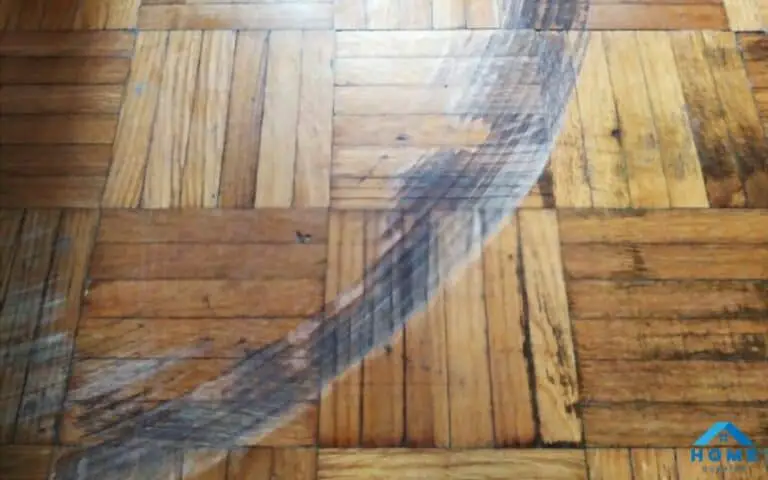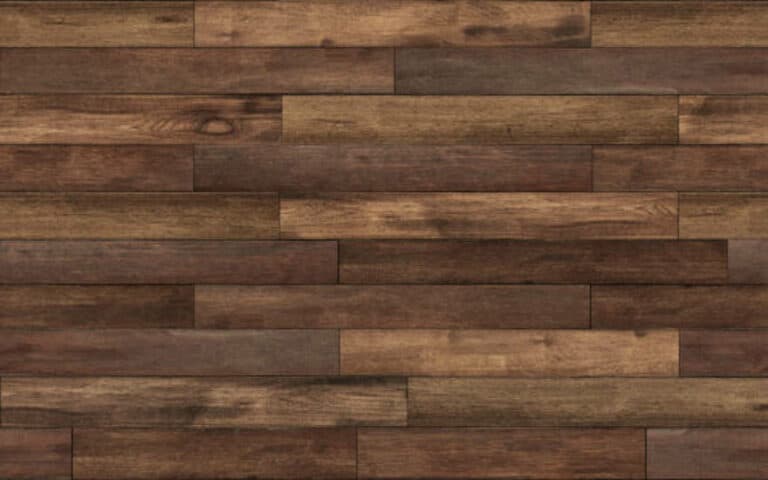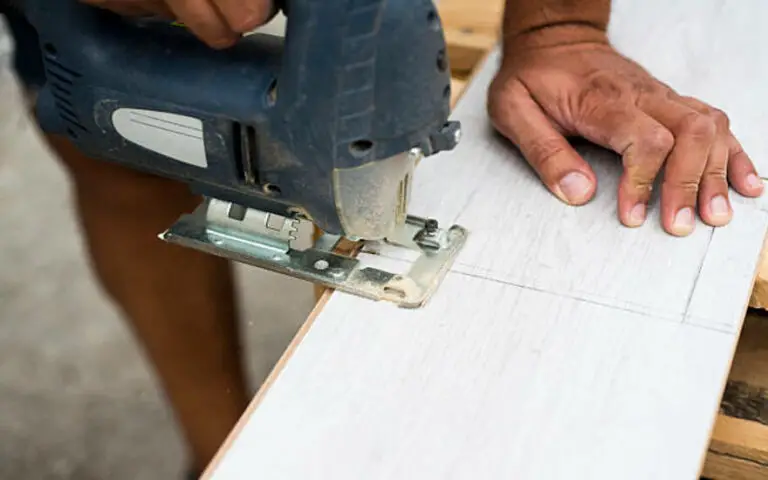The answer is yes!
I’ll look at the different laminate flooring types and what underlayment they require. Plus, I’ll tell you why it’s important to use underlayment when laying laminate flooring.
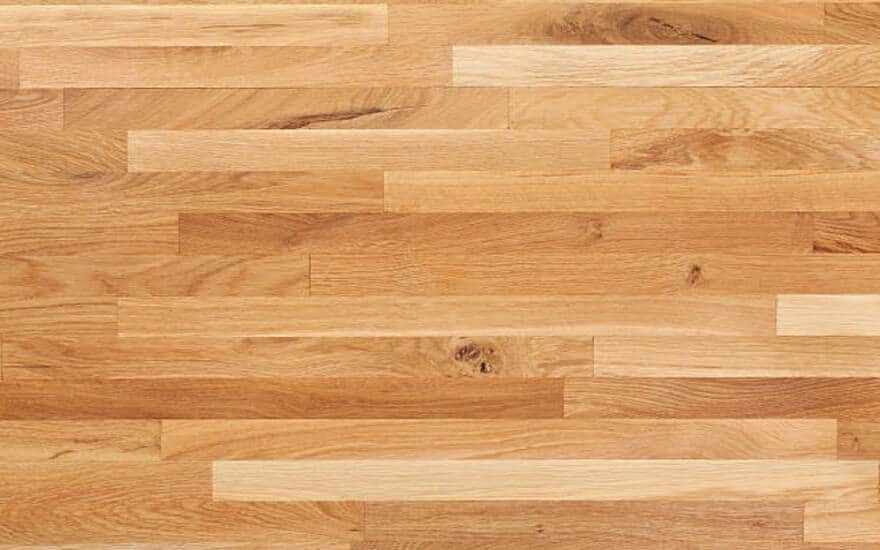
Do All Laminate Flooring Need Underlayment?
Underlayment for laminate flooring must allow the floor to float and isolate the finish floor from the subfloor. Doing so will reduce noise transmission, provide insulation and cushioning, and increase comfort and durability. Taking certain precautions, like ensuring the subfloor is level and using manufacturer-approved underlayment, can avoid common mistakes and ensure your laminate flooring is installed correctly.

Source: get.pxhere.com
7 Benefits of Installing Underlayment for Laminate Flooring
Many assume that the installation is relatively straightforward when it comes to laminate flooring. However, choosing not to install an underlayment can quickly turn the installation process into a nightmare. Installing underlayment for laminate flooring is essential to ensure a successful installation.
It provides proper support and stability, but several other benefits come with installing underlayment for your laminate flooring. Look at the top seven benefits of installing underlayment for laminate flooring.
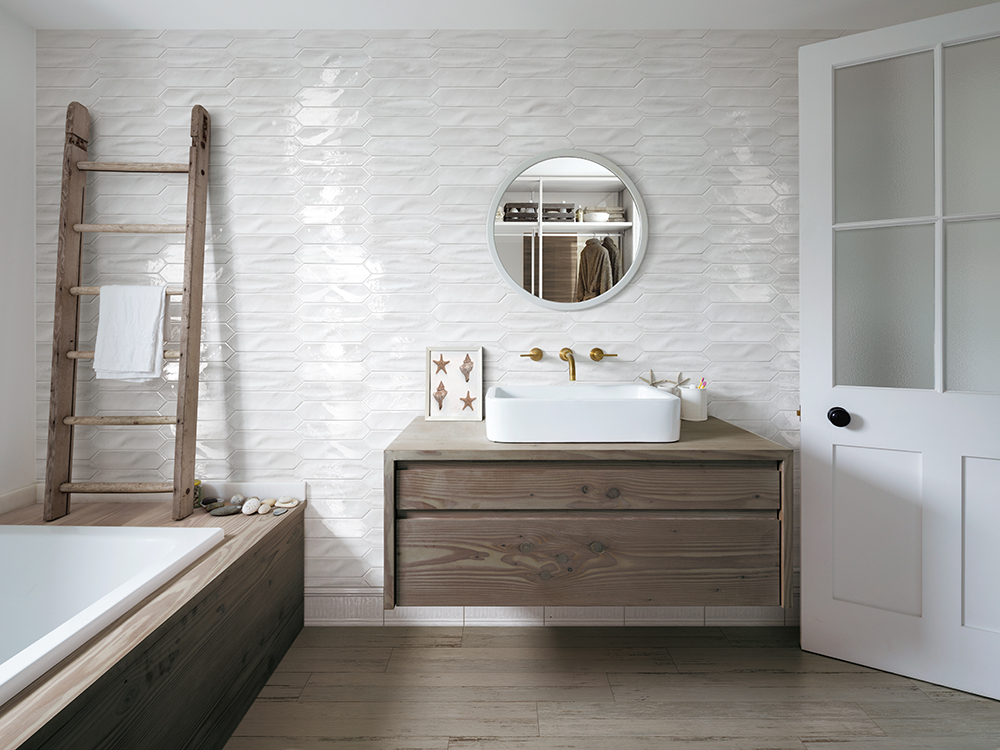
Source : www.foundationfloors.com
1. Improved Insulation
Underlayment for laminate flooring is an important part of the installation process, providing structural soundness and improved insulation. The extra padding layer helps keep the room warm by insulating it from the cold subfloor beneath.
This makes it an ideal choice for rooms with concrete subfloors prone to temperature fluctuations throughout the day. Additionally, this layer also absorbs some of the impacts from regular foot traffic, helping to prevent dulling and scratching of the laminate flooring.

Source: www.foundationfloors.com
2. Increased Comfort Underfoot
One of the most important benefits of installing underlayment for laminate flooring is the increased comfort underfoot. Underlayment provides a cushioning effect and reduces the hard surface your feet come in contact with.
This makes walking on your laminate floor more comfortable and reduces the noise created by foot traffic. Additionally, the cushioning effect helps to reduce fatigue and minimize strain on your joints.
3. Enhanced Soundproofing
Another advantage of installing underlayment for laminate flooring is enhanced soundproofing. Not only does it provide additional cushioning, but it also helps to reduce the noise of footsteps and other sounds.
This is beneficial if you’re looking to reduce the amount of noise in your home or office. In addition, underlayment can help absorb impact and dampen sound vibrations, making it easier to enjoy a peaceful environment.
4. Increased Durability
Underlayment also helps to increase the durability of your laminate floor, as it provides additional protection against moisture and other potential damages. Without it, the laminate planks are more likely to become warped or damaged in areas exposed to high traffic or frequent moisture.
Installing underlayment for your laminate floor will help to keep them looking and feeling great for years to come.
5. Reduced Chances of Moisture Damage
Underlayment can also help reduce the chances of moisture damage by providing a cushion between the laminate and the subfloor. This cushioning helps to keep moisture from seeping through, which can cause warping, buckling, and other long-term damage to the laminate flooring.
The underlayment acts as a barrier, providing an extra layer of protection from any moisture that may be present in the subfloor.
6. Easier Installation
Installing underlayment also makes the installation of laminate flooring much easier. Unlike other types of flooring, laminate does not need to be nailed or fastened to the subfloor during installation. Underlayment provides a stable and level surface for the laminate planks to be laid on, making it easier to ensure that the planks are level and secure when clicked together.
7. Additional Cushioning
In addition to the other benefits of installing underlayment for laminate floorings, such as improved insulation, increased comfort underfoot, enhanced soundproofing, increased durability, and reduced chances of moisture damage, there is also the added benefit of additional cushioning.
By adding underlayment to your laminate flooring, you will enjoy it’s extra cushioning. This can help to make the floor feel softer and more comfortable when you walk on it. Additionally, this will help reduce the amount of noise created when you walk on it.
Common Mistakes and How to Avoid Them
It is important to take care when installing laminate flooring and to avoid common mistakes such as not investing in a quality laminate underlayment, not checking for subfloor moisture before installation, or not using an underlay.
To get the most life out of your new floor and avoid any problems down the road, let it acclimate to room temperature before installing it, use underlayment recommended by the manufacturer, properly seal the floor’s edges, and create a level subfloor. By following these simple steps, you can rest assured that your laminate flooring will look great and function properly for years to come.
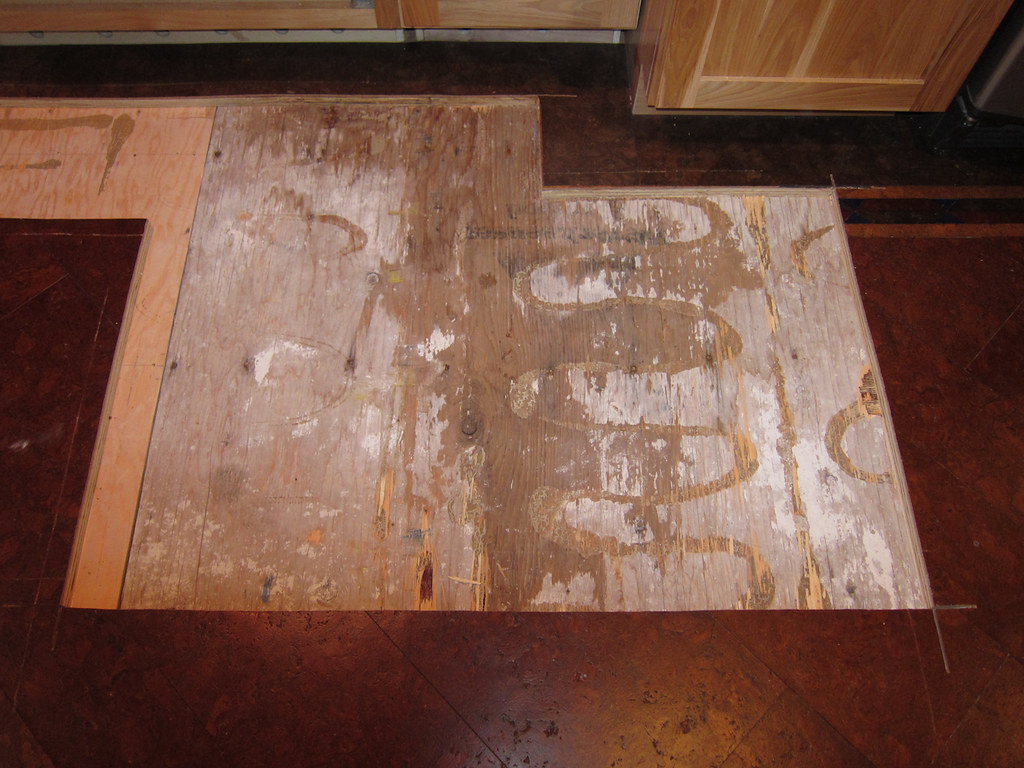
Source: live.staticflickr.com
1. Ensure the subfloor is level
Making sure your subfloor level is a crucial part of the construction process. If your subfloor is uneven, your laminate flooring won’t lay flat, resulting in a “spongy” feel underfoot. To ensure a successful installation, use a device such as a level or a straight edge to check for any dips or humps in the subfloor.
If you have any irregularities, use the self-leveling compound to even out the surface before you begin the installation. Additionally, check for moisture beforehand if you are installing laminate flooring over concrete. Concrete is a porous material that can allow water to seep through and cause damage to your new flooring.
2. Use manufacturer-approved underlayment
It is essential to use a manufacturer-approved underlayment for laminate flooring. Not all underlayment is created equal, and some types of underlayment may not be suitable for specific laminate floors. Moreover, some flooring may require additional features, such as moisture barriers and soundproofing foam.
Therefore, it is important to read the manufacturer’s instructions and use the right underlayment. This will ensure that your flooring is properly insulated, soundproofed, and protected against moisture damage.
3. Securely seal the flooring’s edges.
Now that the subfloor is level and you’ve selected the right underlayment for your flooring, it’s time to ensure the edges of your laminate flooring are securely sealed. Sealing the edges of the flooring will help prevent water and moisture from seeping in, which can cause your flooring to warp or become discolored over time.
To ensure the edges are securely sealed, apply a thin layer of adhesive caulk along the perimeter of the room where the flooring meets the wall. This will help create a water-tight seal and protect your laminate flooring from water damage.
4. Acclimate the flooring before installation
When installing new laminate flooring, it is vital to ensure that the material has been given the time to acclimate to the environment. This means you should leave the material in the room where it will be installed for at least 48 hours before beginning installation.
Leaving the material in the space will help it adjust to the temperature and humidity levels, ensuring that it won’t expand or contract once installation has begun. Doing this will also help to prevent warping or buckling of the laminate as it adjusts to its new home. This essential step must be noticed to ensure a successful installation.
Summary
Installing underlayment for laminate flooring is a must and has many benefits. It will improve insulation, increase comfort and soundproofing, and enhance the durability of your laminate floor. It also reduces the chances of moisture damage and makes installation easier. Lastly, additional cushioning is provided by the underlayment for a more comfortable walking experience.
However, it’s important to avoid common mistakes when installing the underlayment, such as ensuring the subfloor is level, using manufacturer-approved underlayment, securely sealing the edges, and acclimating the flooring before installation. With these tips in mind, you can have a beautiful laminate floor with underlayment for years to come.

